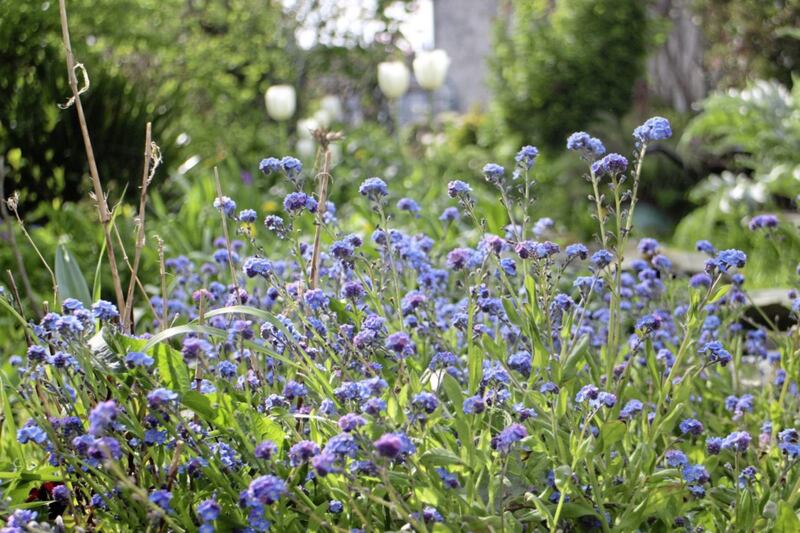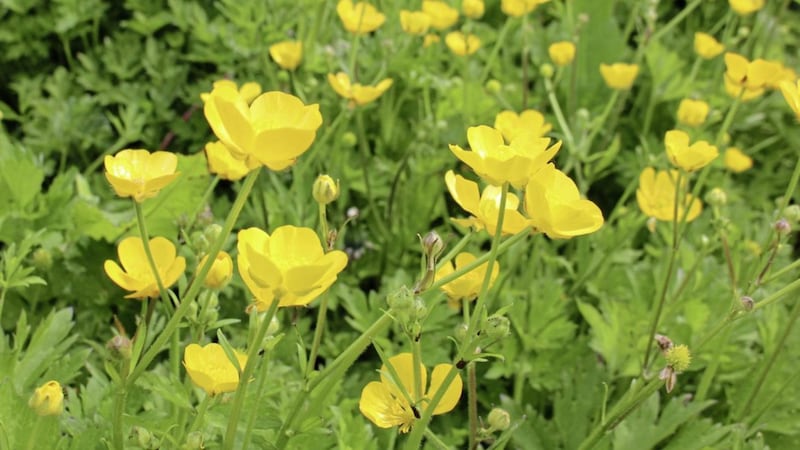FOR the most part this column focuses on the things we like to grow in our gardens.
Every now and then, however, it seems appropriate that attention switches to the plants that we would rather not have growing in our gardens.
Such plants are commonly called weeds but even this nomenclature is problematic.
One person's weed is another's wild flower, while some popular garden plants, such as croscosmia (AKA monbretia) and gunnera (giant rhubarb), are officially classified as invasive aliens that threaten our native Irish flora.
Meanwhile, some so-called weeds, like forget-me-nots and foxgloves, are welcome in certain parts of the garden but not others.
Though notably, the advantage of these two plants is that they can be transplanted when young, ensuring they come to maturity in a location of your choice, rather than nature's.
For the purposes of what follows, we shall define a weed as any plant that grows in the wrong place and reproduces in such numbers or grows with such vigour that it can be difficult to control.
Many weeds, such as nettles, dandelions and bindweed, may bring environmental benefits but if you let them get out of control in your garden it may no longer warrant the name.
Some weeds, such as herb-robert (Geranium robertianum) are easily pulled out by hand, while others, like ground elder (Aegopodium podagraria), require persistent attention.
There is, I believe, a happy medium where a certain amount of weeds can be allowed to prosper in an at times awkward harmony with your various prized cultivars, but it does demand a little effort.
What I would caution against is the use of chemicals, which in my experience tend to suppress weeds for a short period rather than eradicate them. Also, the dead, urine-yellow foliage left behind is ugly.

In extreme cases, such as dealing with horsetail or ground elder, a herbicide may be your only option but killing plants simply to satisfy your own vanity should be anathema to every gardener.
As your garden matures and nature's cycle advances, the weeds that cause you problems change.
You also learn how to better control them and/or to tolerate them.
Once upon a time, I regarded daisies and clover on my lawn as problem but life really is too short to be striving for the kind of perfection which is ultimately imperfect.
Or perhaps it's because of the growing distractions from the likes of alexanders and creeping buttercups that the daisies were no longer regarded as a priority.
The aforementioned bindweed was once the bane of my life, springing up in freshly created borders, its roots brought in Trojan-horse like in fresh horse manure I'd added as fertiliser.
It still makes an appearance but I'm wiser to it, understanding its growth habit and never letting it get established.
For this task, and the control of creeping buttercups, the hand held tool with a viper-like tongue on the end is best.
For those young weeds whose seeds have germinated in abundance over recent weeks, the best tool is the oscillating hoe, which has a double-sided stirrup blade that is used in a push-pull action to slice through perennial, annual and ephemeral weeds.
You also need to be vigilant throughout the year and deadhead weeds to make it more difficult for them to reproduce.
The war against weeds is one of attrition, as there's no quick fix. In common with so many aspects of gardening, it requires patience, foresight and determination.








